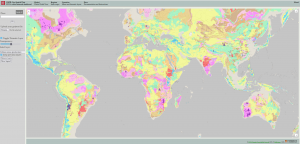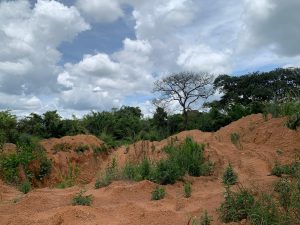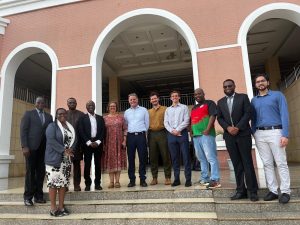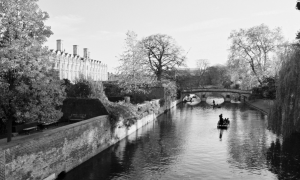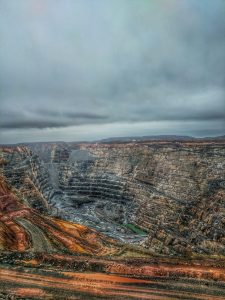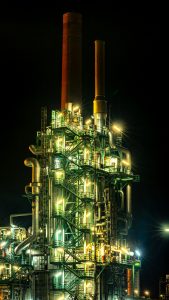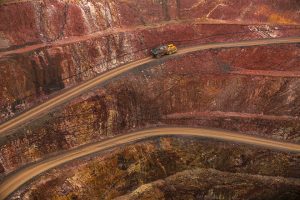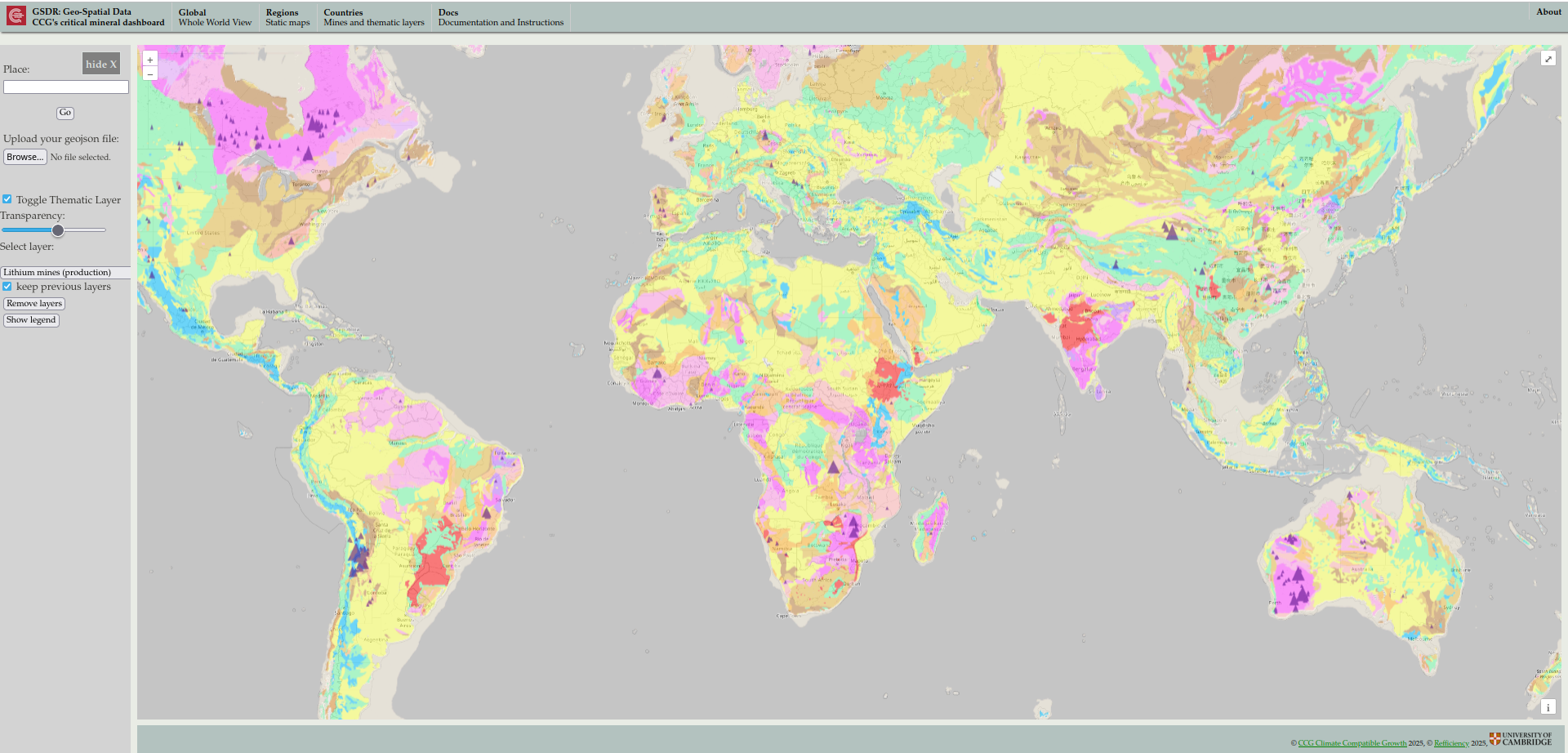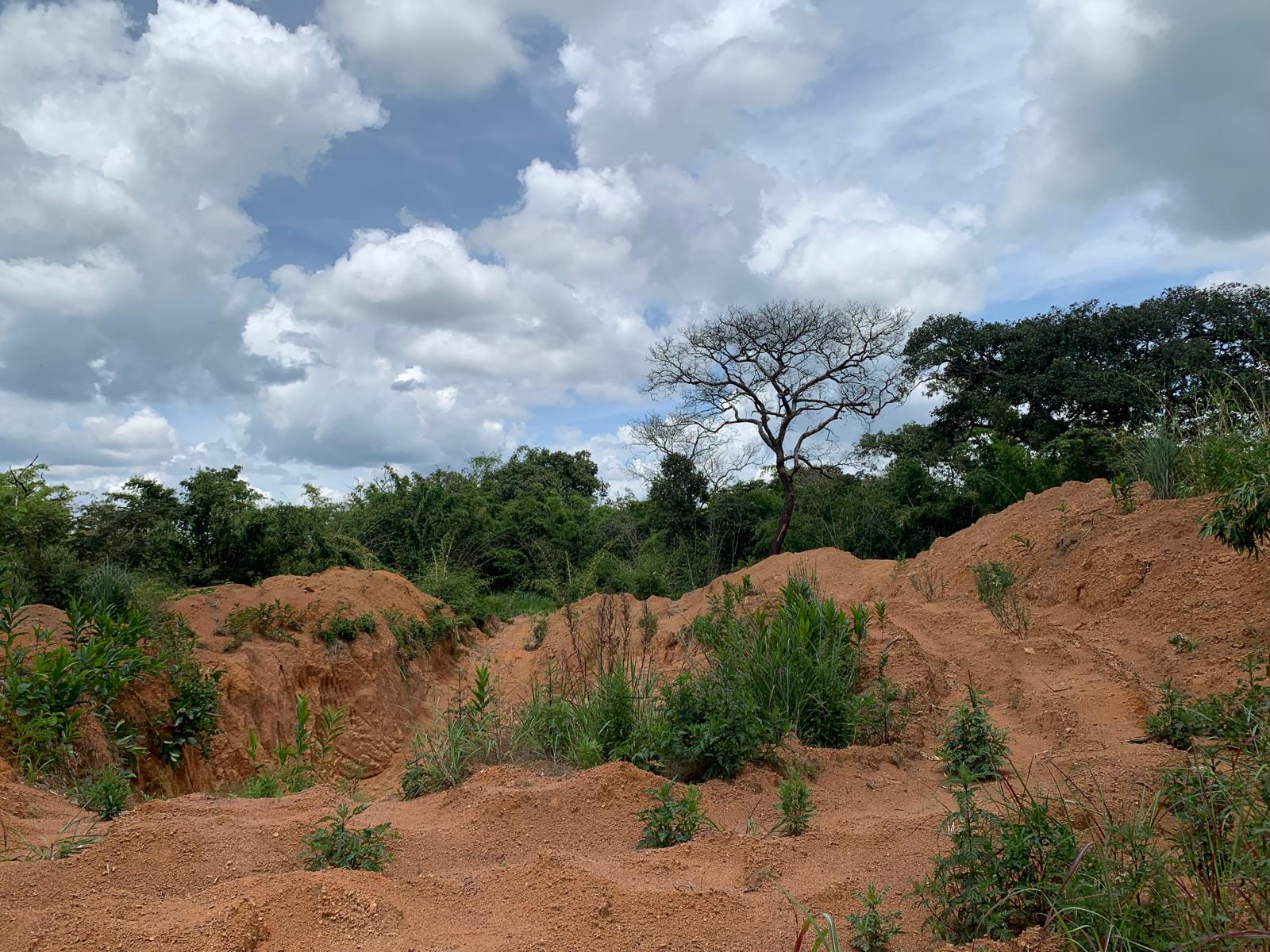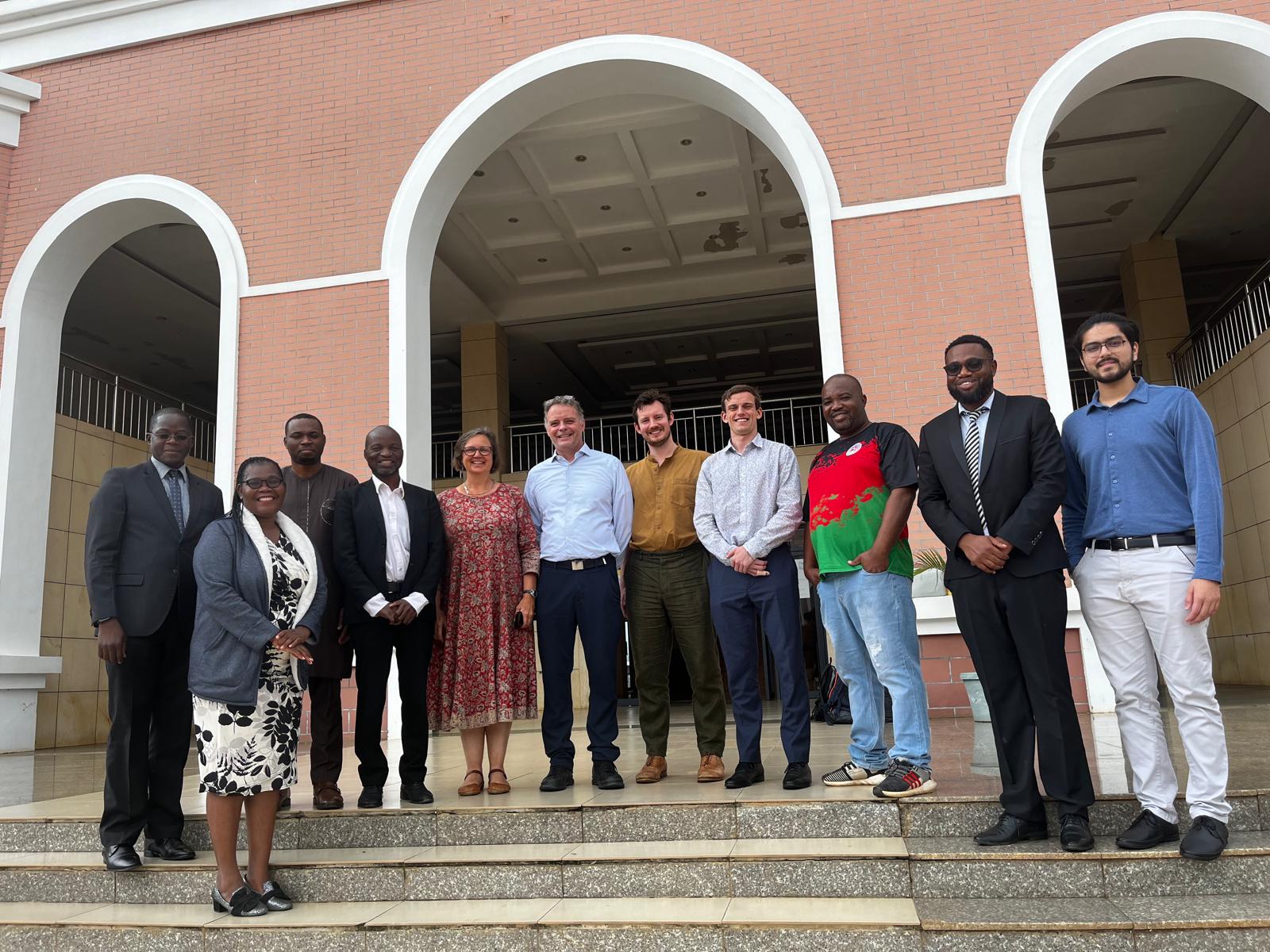International Day for Disaster Risk Reduction
Today marks the international day for Disaster Risk Reduction, or DRR. This article briefly explores the concept of disaster risk reduction and spotlights the research of Luke Cullen, a current PhD student with the Resource Efficiency Collective.
The earth and its systems can act in unpredictable ways. Earthquakes can splinter landmasses and send tsunamis rushing towards coastlines. Surging pyroclastic flows can drown valleys in fire and ash.
In 2021, however, the UNDRR announced that
“There is no such thing as a natural disaster.”
This announcement followed longstanding calls from academics to recognise that disasters are not simply caused by factors beyond human control. Hazards can be natural; disasters are manmade. Where lives are lost and settlements are devastated in the wake of natural events, this is due to systemic failures to prepare and to protect both people and property.
Understanding and reducing the risk of disasters
To understand risks and carry out effective disaster risk reduction, it is not enough to simply characterise the probabilities of hazardous events occurring. We must also think about preparedness and the vulnerability of populations. We need to pay attention to the political, economic, social, cultural, and infrastructural dynamics of the places where risks are to be managed. This requires an interdisciplinary approach that brings together voices from across the spectrum of physical and social sciences. As we seek to reduce the risk of disasters, we must consider both how different people know about environmental hazards, and how different people value and relate to the places they inhabit.
Disaster risk reduction and machine learning
An important feature of disaster risk reduction is putting in place frameworks for authorities and teams on the ground to respond when an environmental hazard occurs. Luke from Refficiency focused his Masters research on using machine learning to help response teams to prioritise actions when information about the damage caused is limited. The thesis involved developing a framework based on the available assessments of infrastructure damage to guide decision-makers as they allocate resources in the wake of disasters.
The abstract from Luke’s Masters Thesis is below:
‘Disaster response teams allocate resources for search-and-rescue and humanitarian aid based on infrastructure damage assessments. Complete ground-based assessment is too slow for an effective response, therefore, decisions are based on inconsistent initial reports and, if available, qualitative observation of satellite imagery. To systematise disaster response prioritisation, we created a framework that learns from the disparate data available to rapidly infer a damage map. The resulting confidence-aware damage map quantifies uncertainty in the predictions which is vital for decision-making. The framework performance is currently unsuitable for immediate aftermath search-and-rescue, but rising performance as data availability increases renders it a useful tool for accelerating damage assessment, and hence the recovery phase of disaster response.’
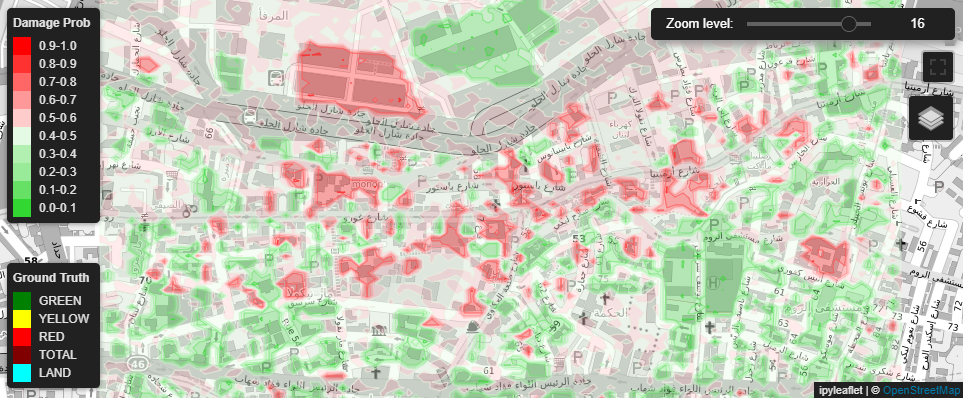
Read more about Luke and his current research projects.
Photo credit: Marcus Kauffman

